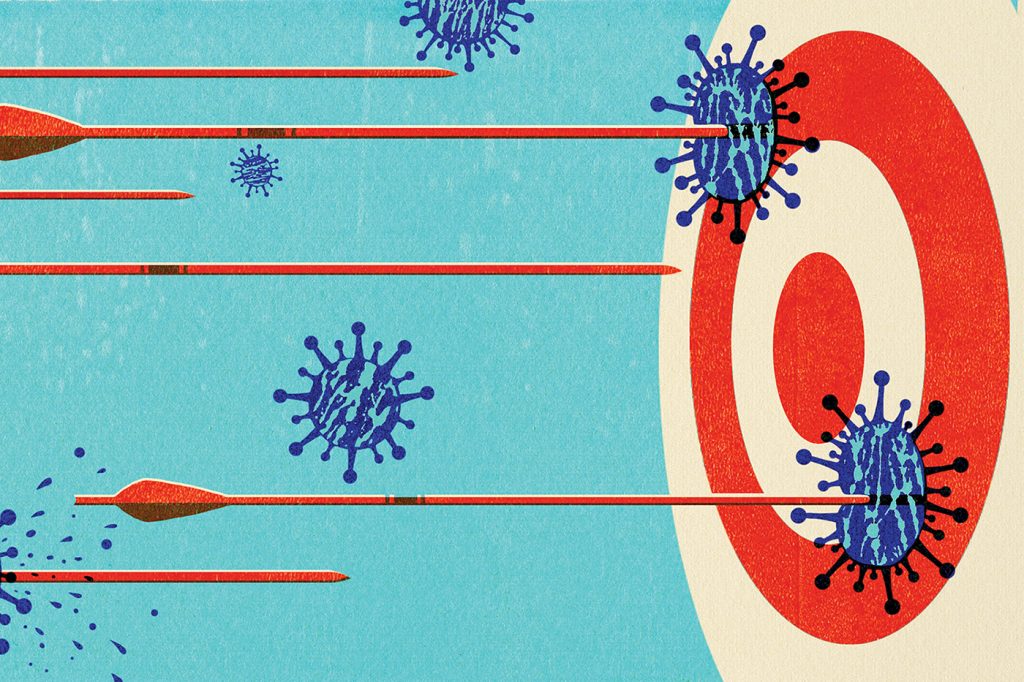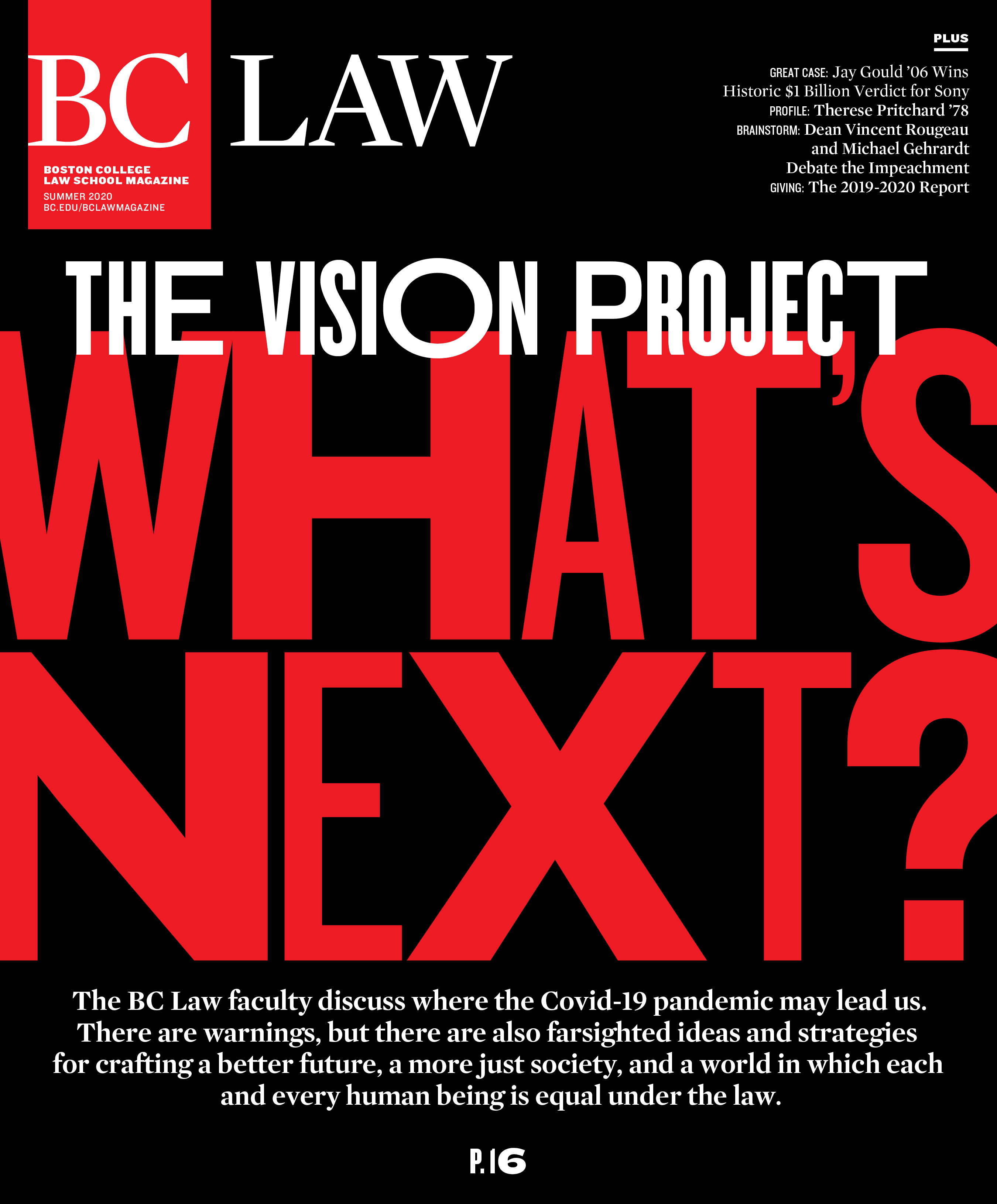As the world’s scientists race to find a vaccine for Covid-19, all eyes are on the biopharmaceutical industry. The time, money, and human resources needed to bring new drugs to market are enormous. Even before the pandemic hit, pharma was big business, growing by leaps and bounds to keep up with the burgeoning demand for treatments and cures for a host of diseases. One may think of pharma as within the purview primarily of scientists and engineers. But working alongside those who develop and produce new therapies are legions of lawyers who make sure that the legal i’s are dotted and t’s are crossed as a drug makes its arduous journey from idea to trials to finished product and beyond.
We wondered what, exactly, do lawyers in pharma do, what specialties do they bring to the process, and where along the drug development timeline do their skills intersect with the science, manufacture, sales, and marketing of the drugs being made?
The questions were put to Nikki Hadas ’97, senior vice president and chief legal officer at Akebia Therapeutics in Cambridge, and her legal intern, BC Law student Iris Ryou ’21. The accompanying PDF information graphic provides their answers.
Researched and Written by Nikki Hadas ’97 and Iris Ryou ’21
To view the infographic, click here.
Sources: PhRMA, “Biopharmaceutical R&D: The Process Behind New Medicines” (2015); “Innovation in the Pharmaceutical Industry: New Estimates of R&D costs,” Journal of Health Economics; “Estimated Research and Development Investment Needed to Bring a New Medicine to Market, 2009-2018,” JAMA; Pharmaprojects.



